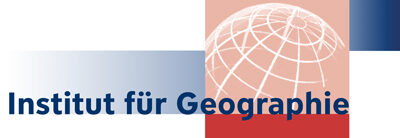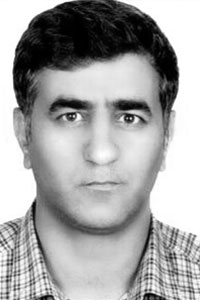Mohsen Arsalani
Dr. Mohsen Arsalani
Since 2020: Research assistant at the Institute of Geography, FAU Erlangen-Nürnberg.
2017-2018: Guest researcher at the Institute of Geography, FAU Erlangen-Nürnberg in the work group of Prof. Achim Bräuning.
2018: PhD. Department of Physical Geography, Faculty of Geography, University of Tehran, Iran.
2013: M.Sc. Department of Physical Geography, Faculty of Geography, University of Tehran, Iran.
2009: B.Sc. Department of Physical Geography, Faculty of Earth Sciences, Khorram Abad, Iran.
Arsalani, Mohsen; Grießinger, Jussi; Pourtahamsi, Kambiz; Bräuning, Achim. 2021. Multi-centennial reconstruction of drought events in South-Western Iran using tree rings of Mediterranean cypress ( Cupressus sempervirens L.). Palaeogeography, Palaeoclimatology, Palaeoecology 567 (2021) 110296
Arsalani, Mohsen ; Brauning, Achim; Pourtahmasi, Kambiz; Azizi, Ghasem, Mohammadi, Hosein. 2018. Multiple tree-ring parameters of Q. brantii in SW Iran show a strong potential for intra-annual climate reconstruction. Journal of Trees 32: 1531-1546.
Arsalani, Mohsen ; Pourtahmasi, Kambiz; Azizi, Ghasem; Brauning, Achim; Mohammadi, Hosein. 2018. Tree-ring based December-February precipitation reconstruction in the southern Zagros Mountains, Iran. Dendrochronologia 49: 45-56.
Arsalani, Mohsen ; Azizi, Ghasem; Brauning, Achim. 2015. Dendroclimatic reconstruction of May-June maximum temperatures in the central Zagros Mountains, western Iran. International Journal of Climatology 35 (3): 408-416.
Azizi, Ghasem; Arsalani, Mohsen ; Brauning, Achim; Moghimi, Ebrahim. 2013. Precipitation variations in the central Zagros Mountains (Iran) since AD 1840 based on oak tree rings. Palaeogeography, Palaeoclimatology, Palaeoecology 386: 96-103.

